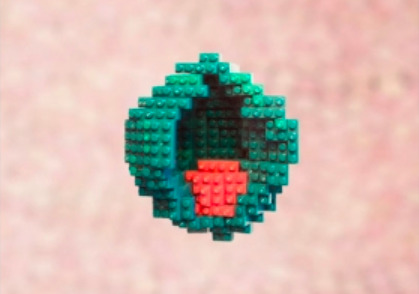Embryo-Like Structures Made In Lab Using Only Stem Cells
Researchers have successfully created "embryo-like" structures in a lab using stem cells. The team was composed of researchers with the Hubrecht Institute and MERLIN Institute; they used mouse stem cells for the model embryos. According to researchers, the success will help science understand the earliest processes of life, as well as issues like diseases originating from the embryonic stage and infertility.
Scientists still know very little about the earliest stages of pregnancy due to the early embryos' very tiny size — it's only about the width of a hair. As well, the early embryos are located within the womb, which makes them inaccessible. However, learning about this early stage of pregnancy could help scientists figure out why some embryos don't implant in utereo.

Studying the "black box of early pregnancy," as Maastricht University calls it, could also help researchers learn about diseases that are set in place during the embryonic stage. That's where these "synthetic" embryo-like structures come in. As detailed in a study in Nature, researchers used only stem cells to create the blastocyst-like structures within a laboratory setting.
In describing the creation process, researchers explain that the early embryo is composed of less than 100 cells, containing both an outer cells layer and a hollow inner sphere. Scientists cultured the stem cells for the inner and outer elements independently, then multiple them in a lab. From there, "engineering technologies" were used to assemble "them in a recreated environment that triggered their conversation and self-organisation," the University says.
While observing the process, researchers noted that embryonic cells are responsible for instructing the placental cells on organization and implantation. Because an unlimited number of these model embryos can be created, researchers are free to study other aspects of early pregnancy.
SOURCE: Maastricht University
